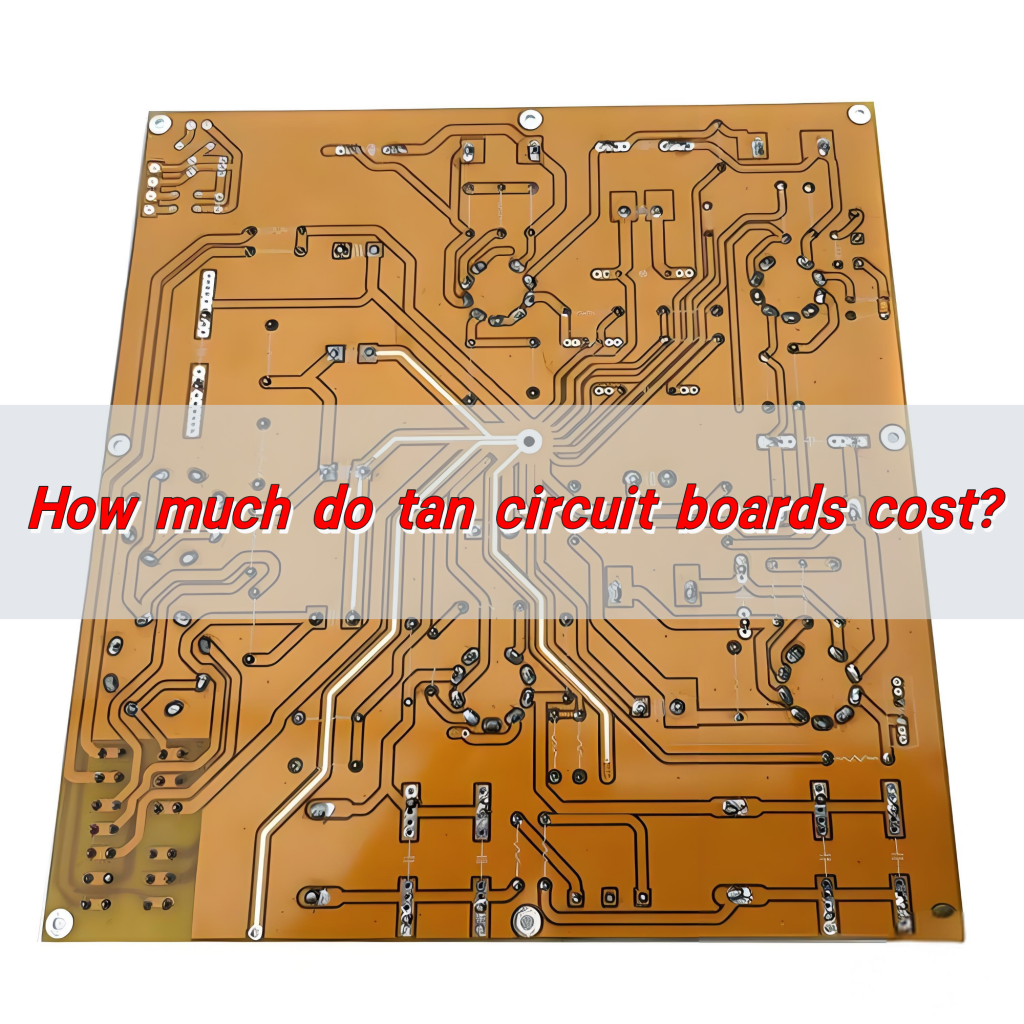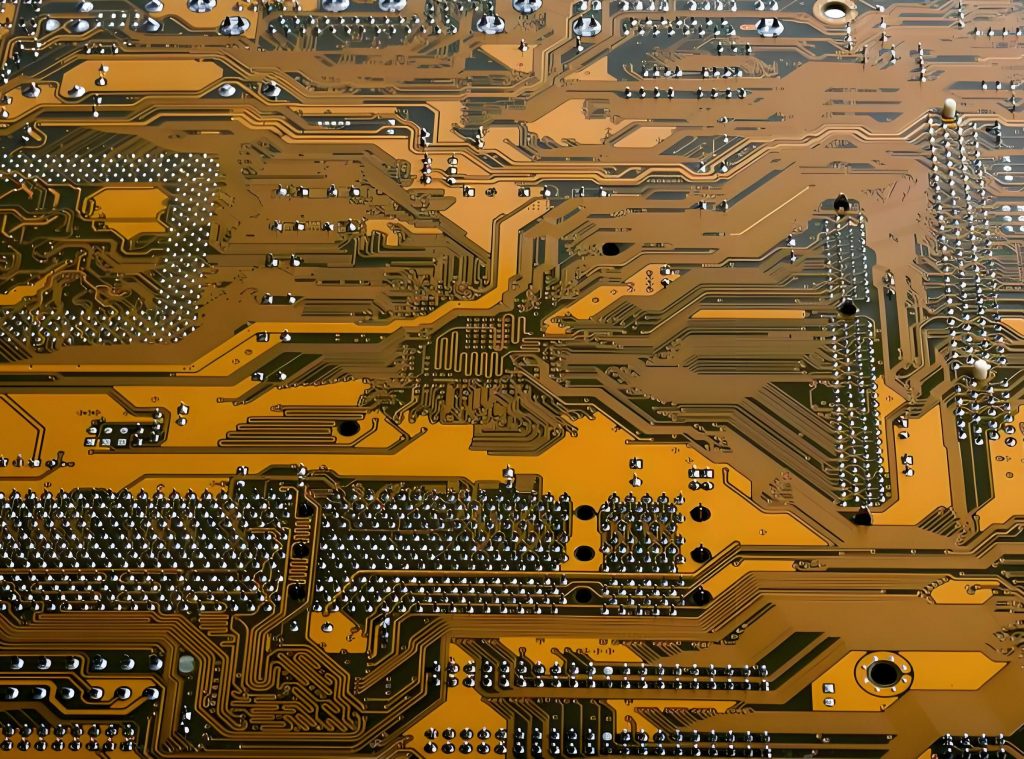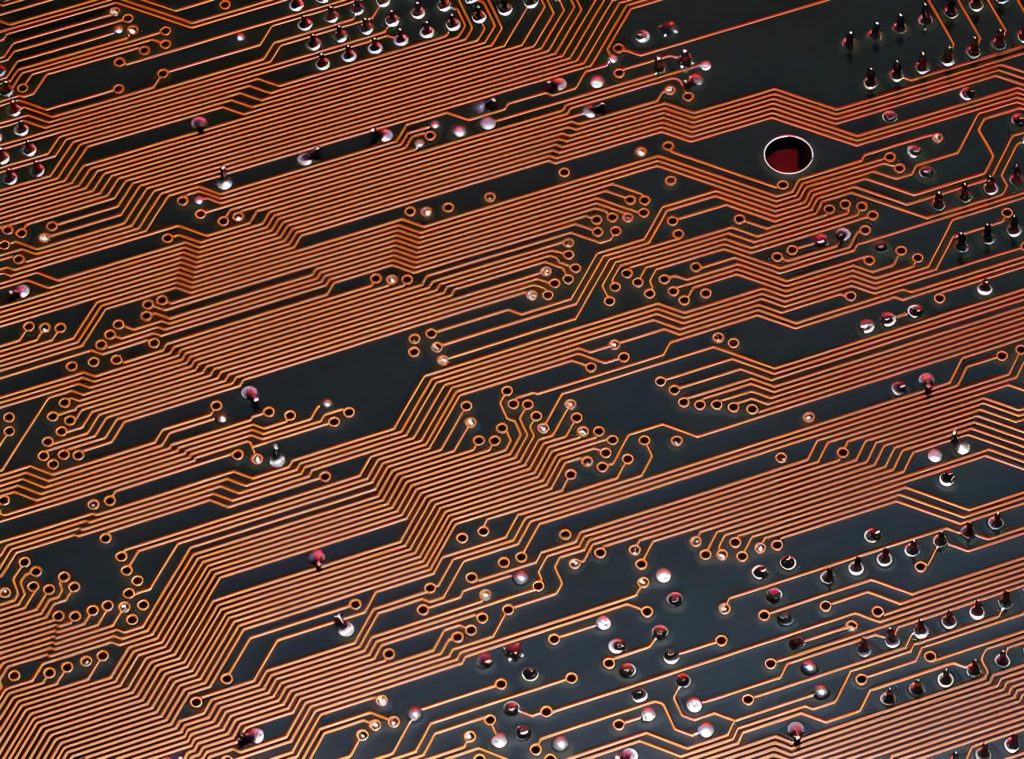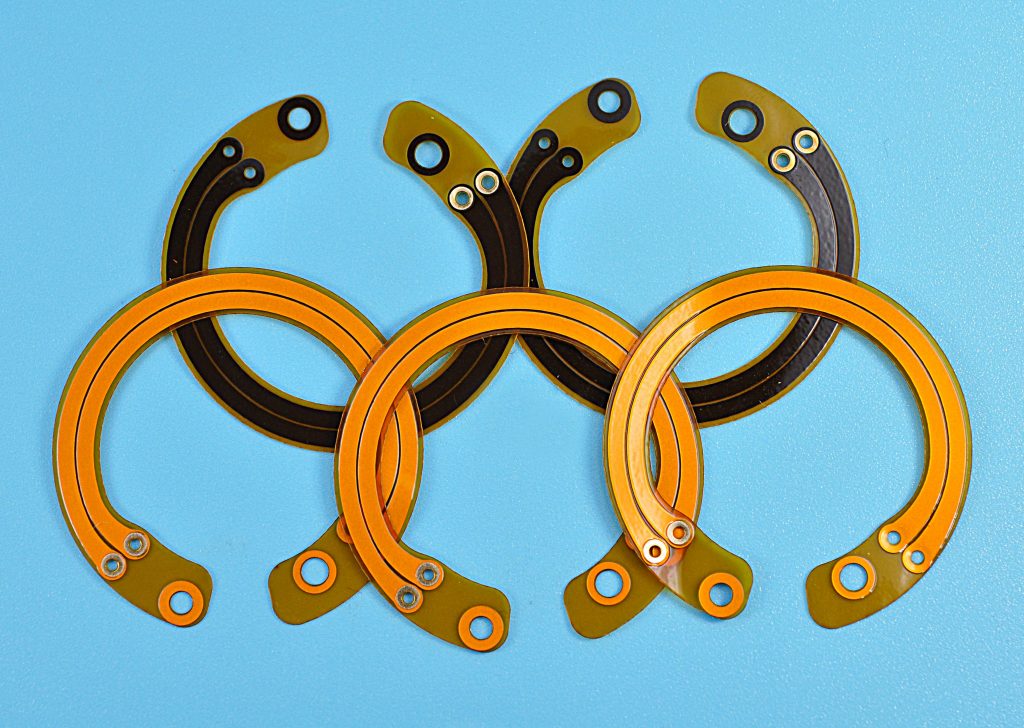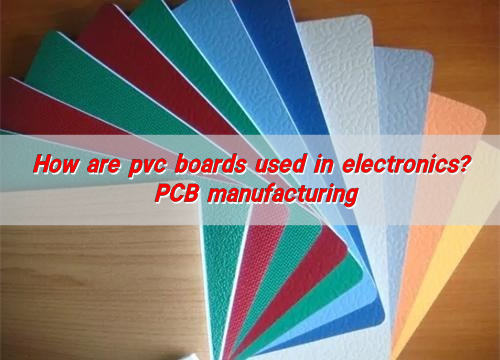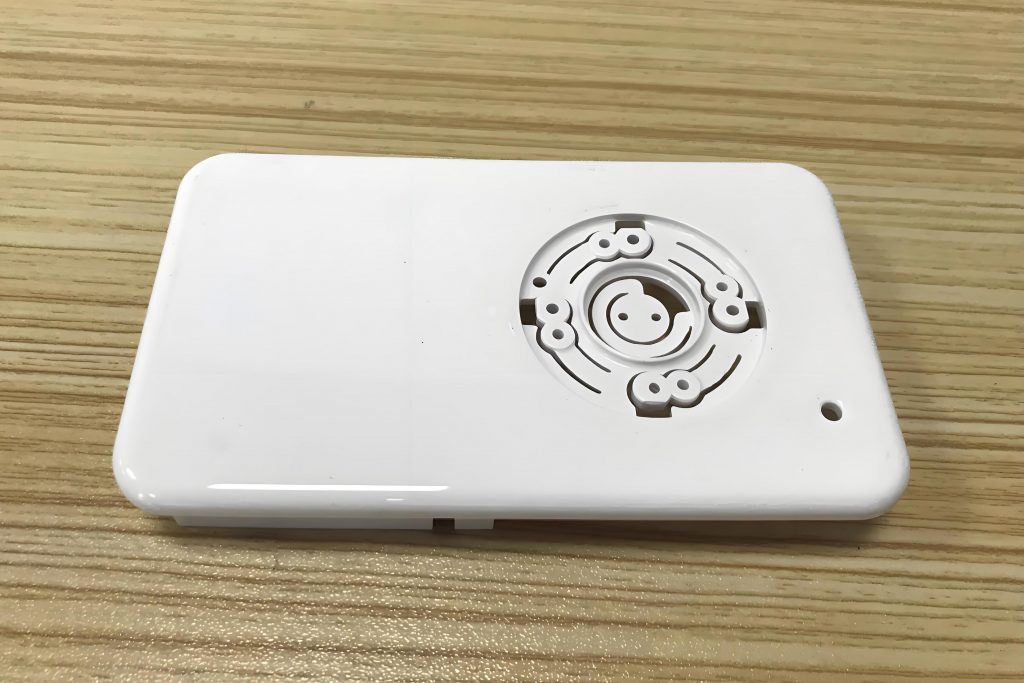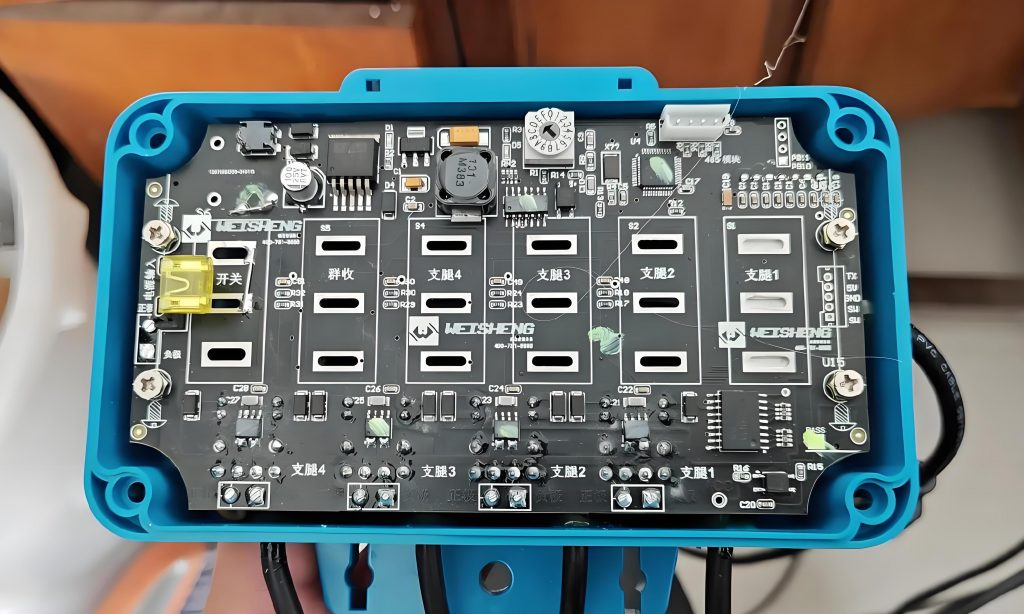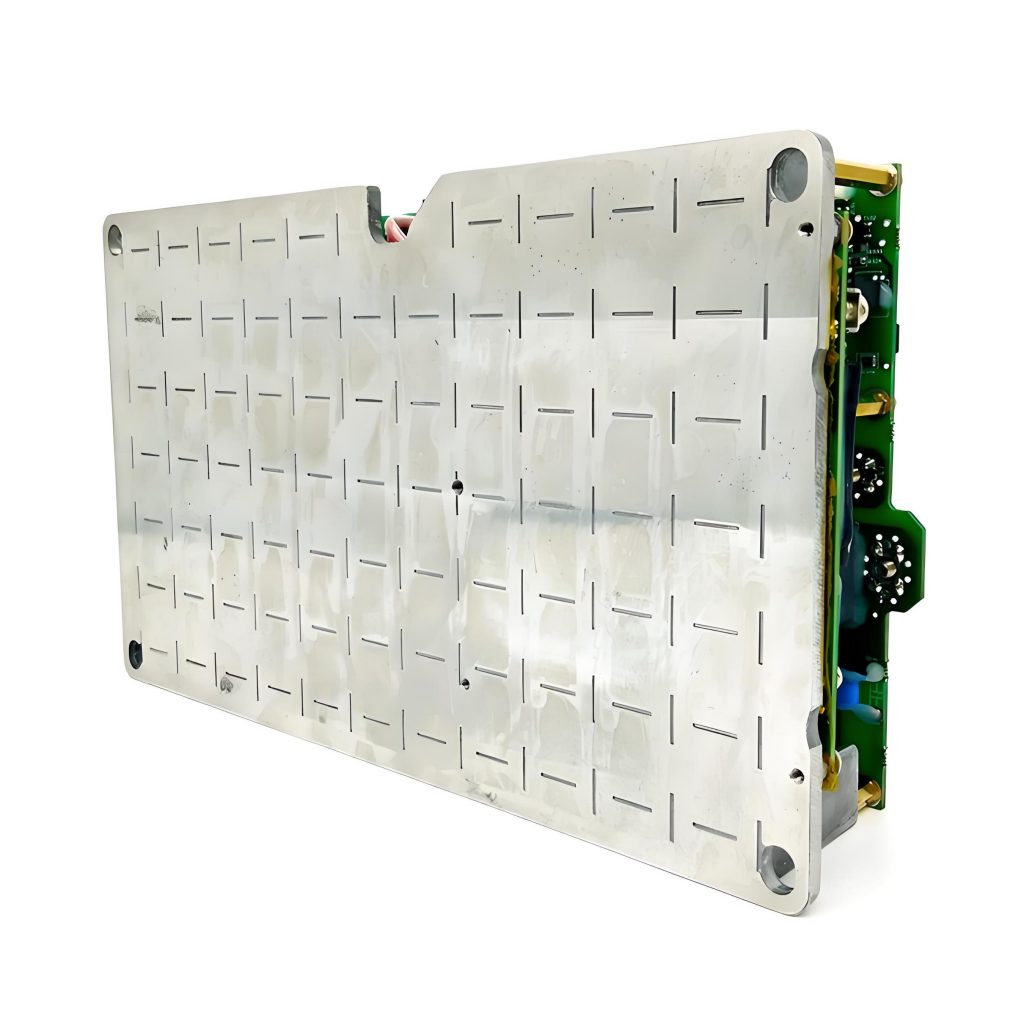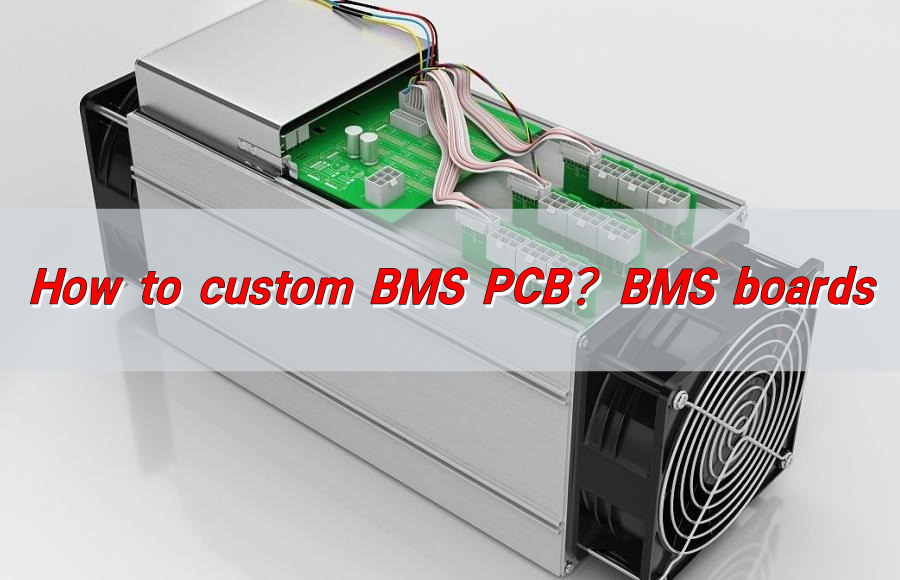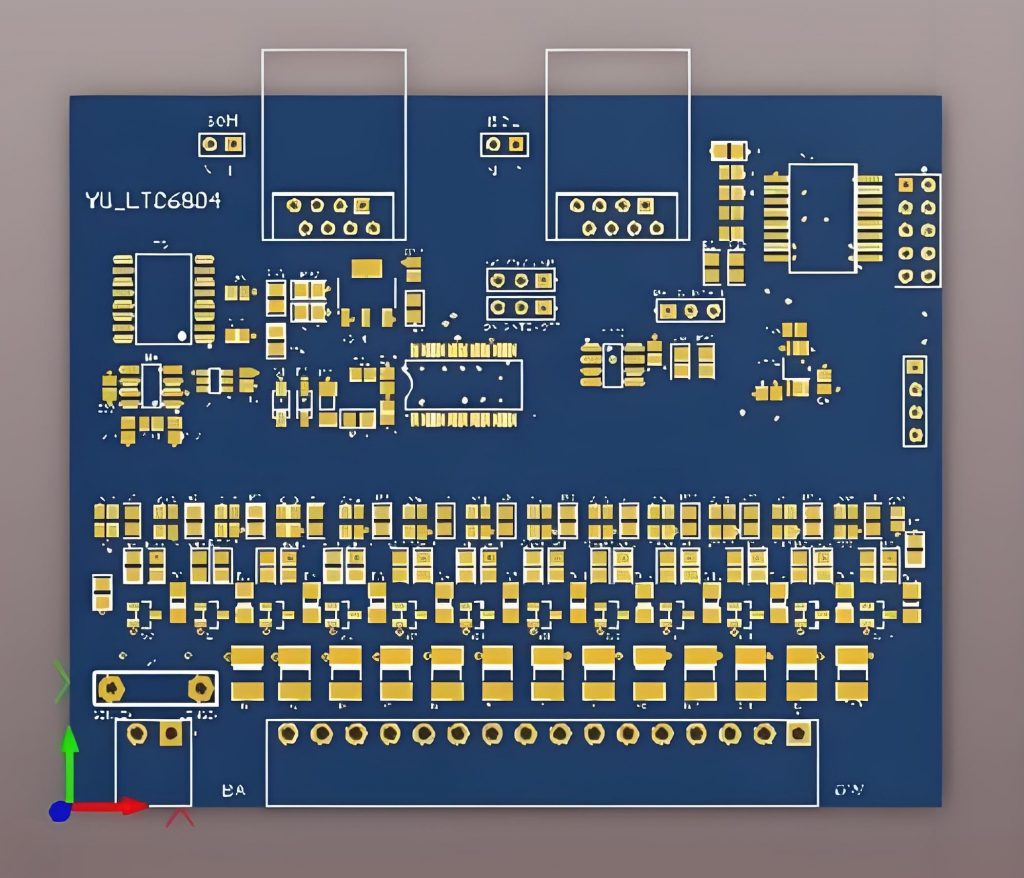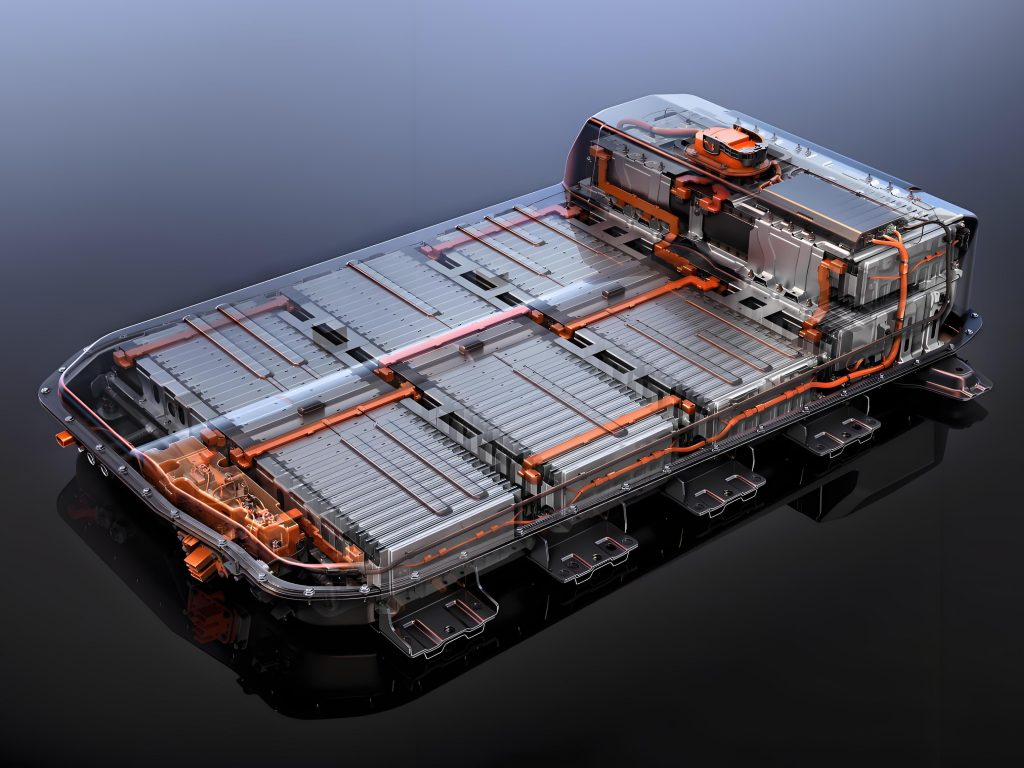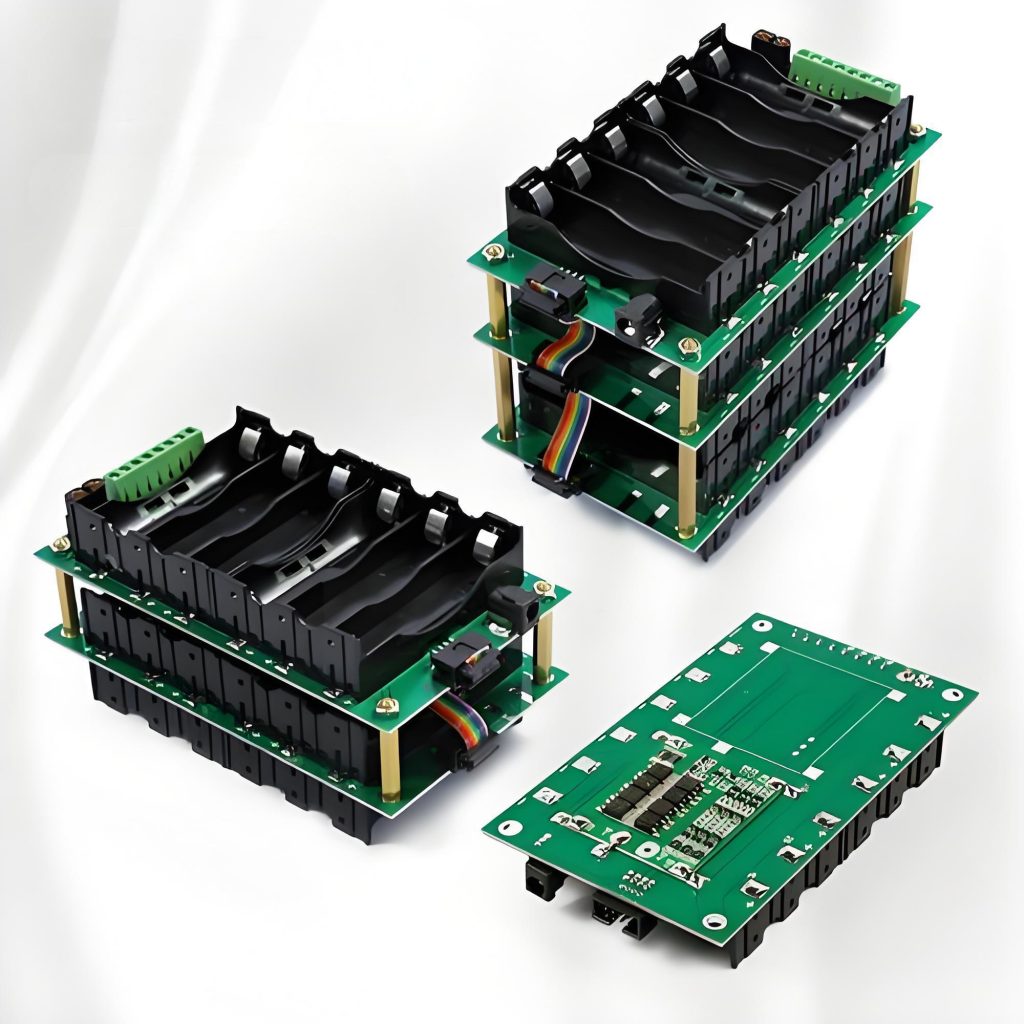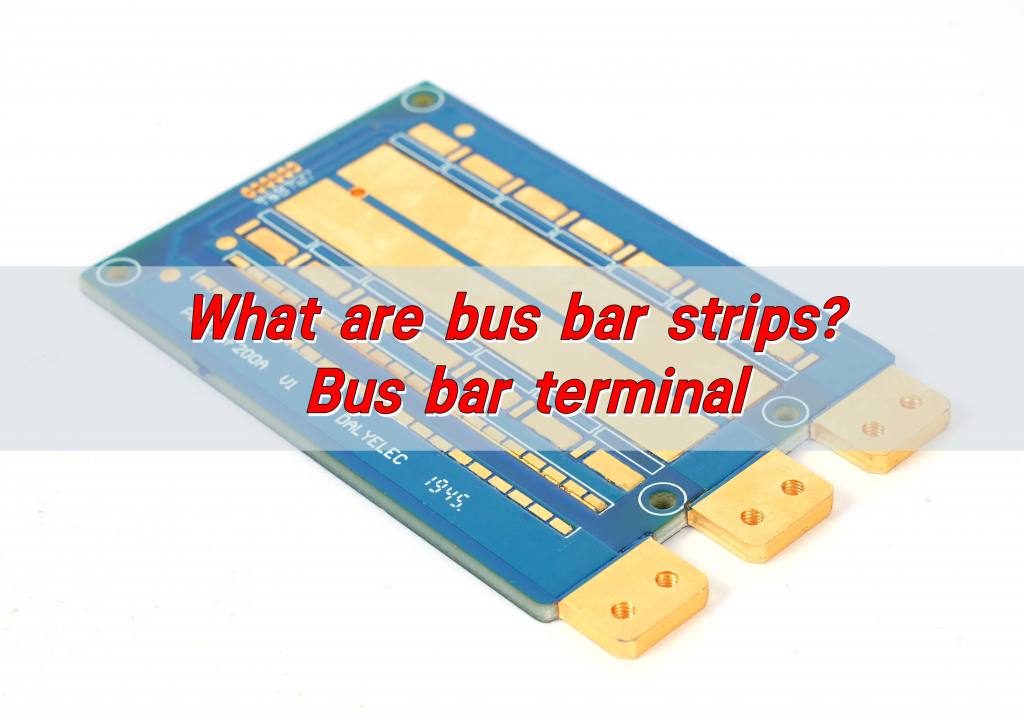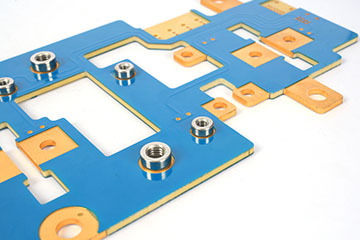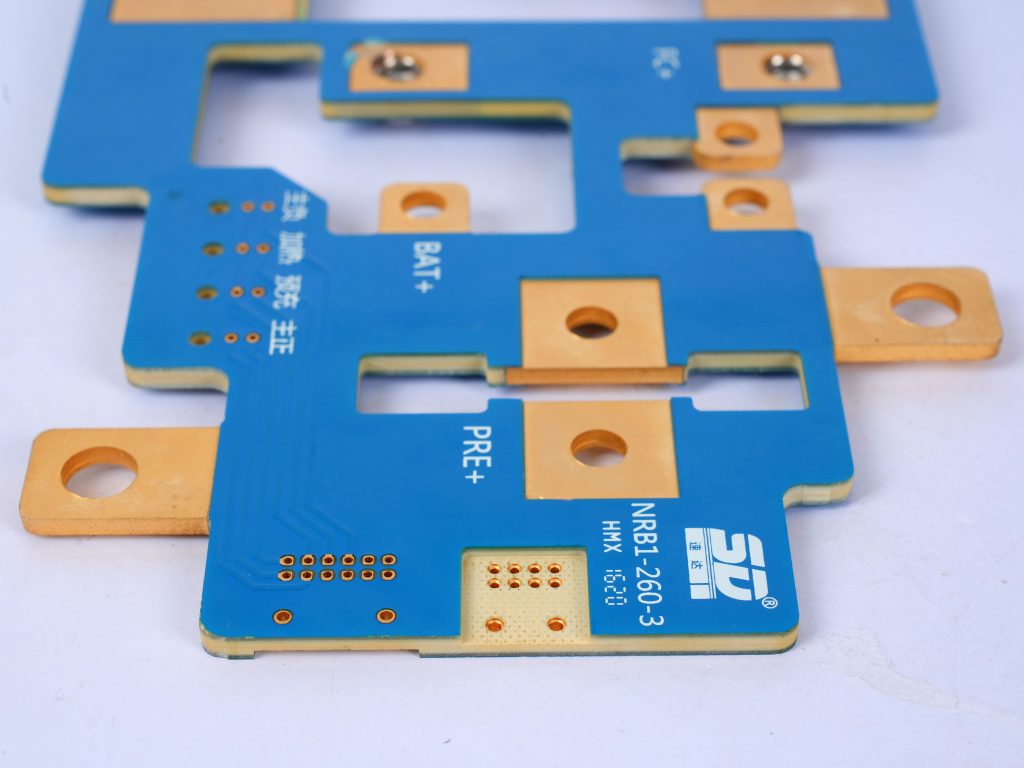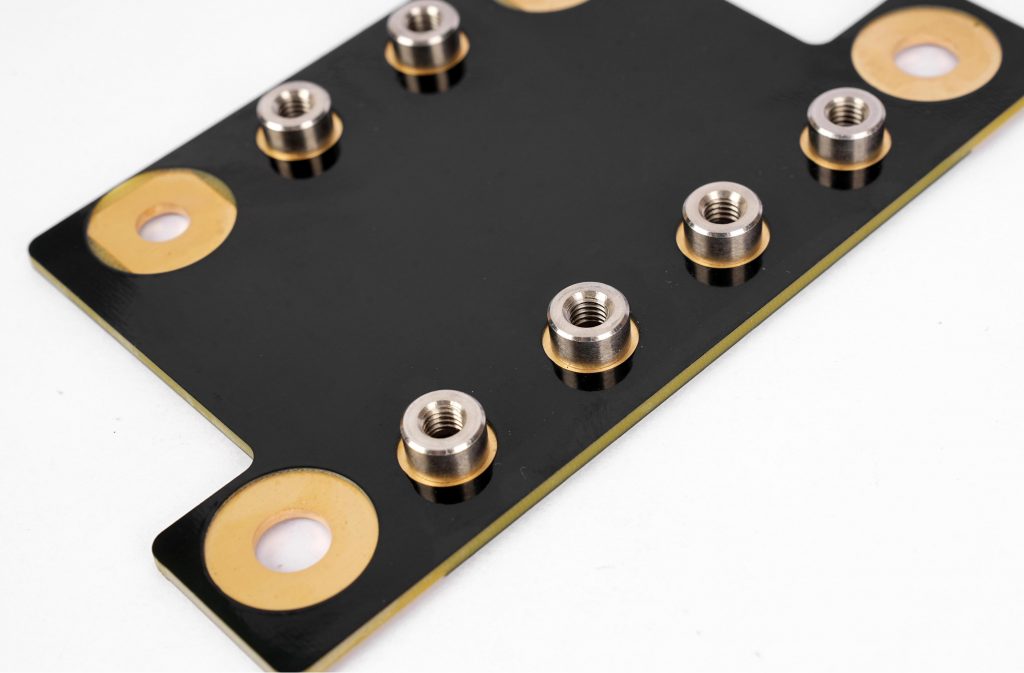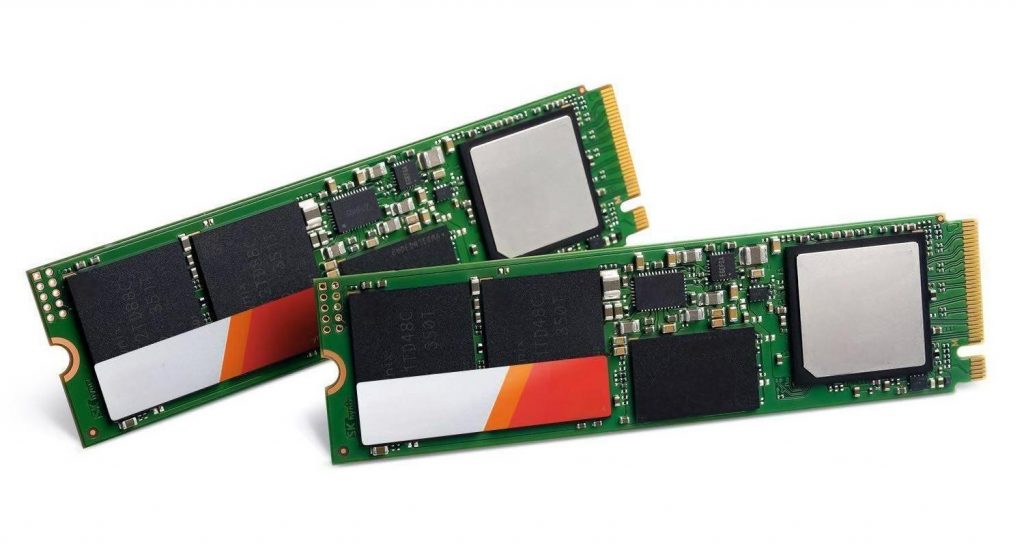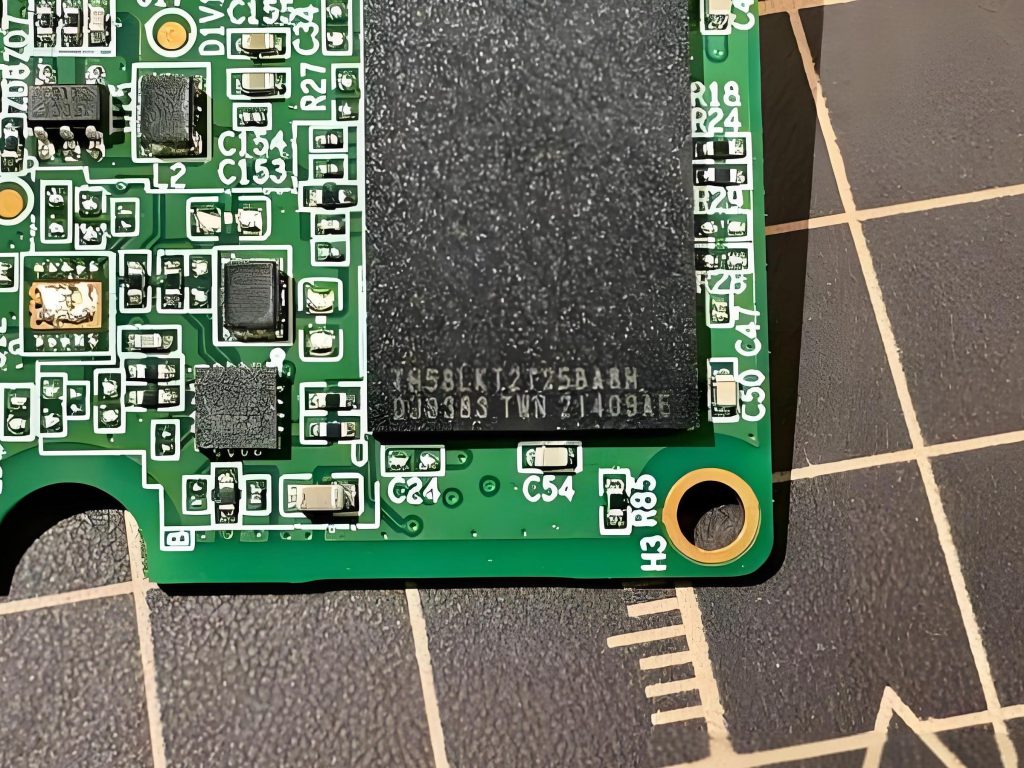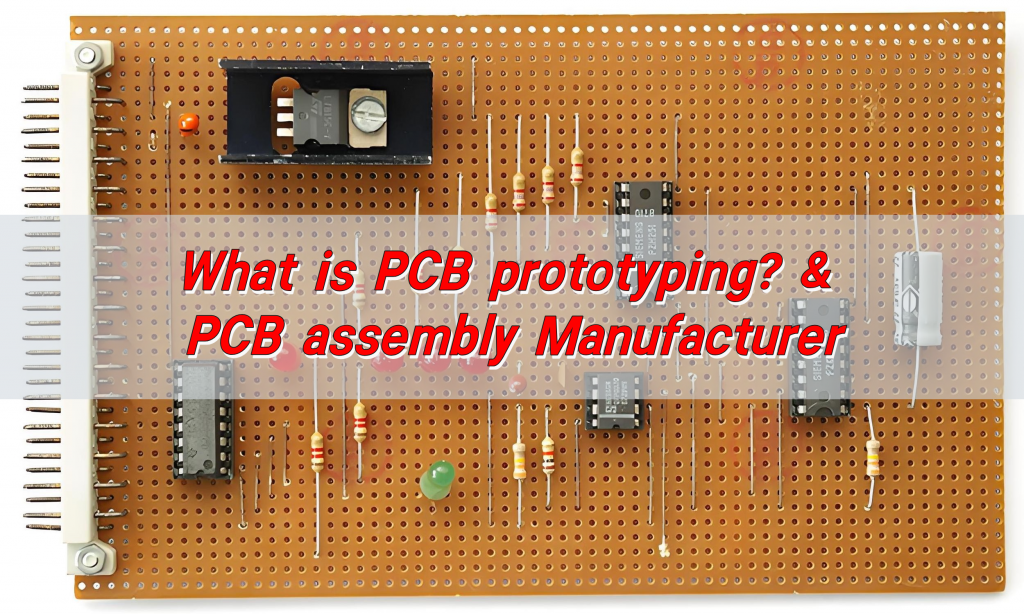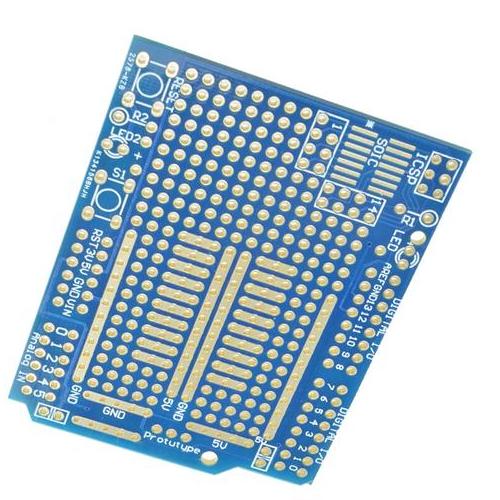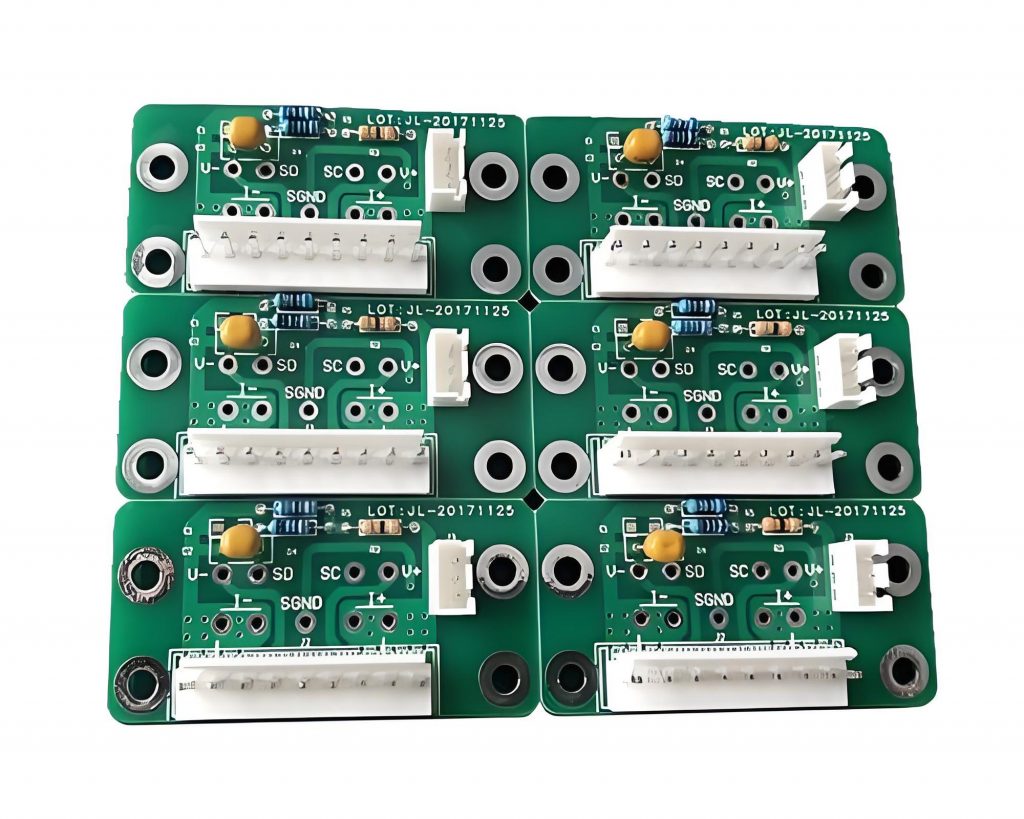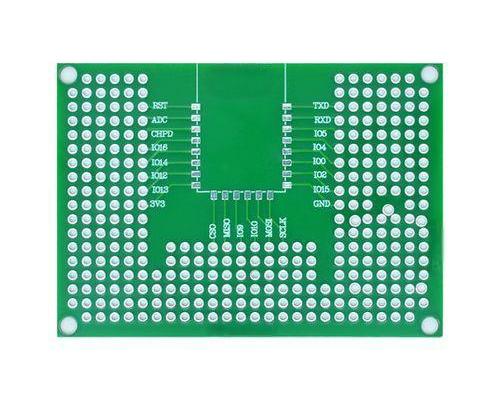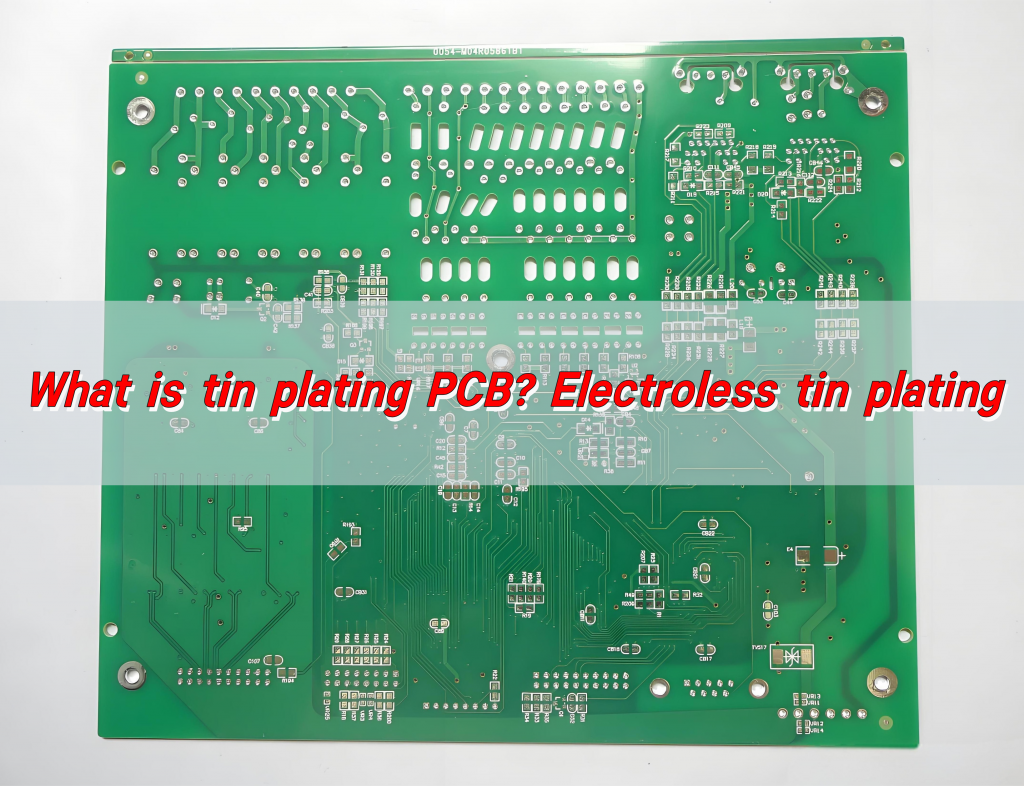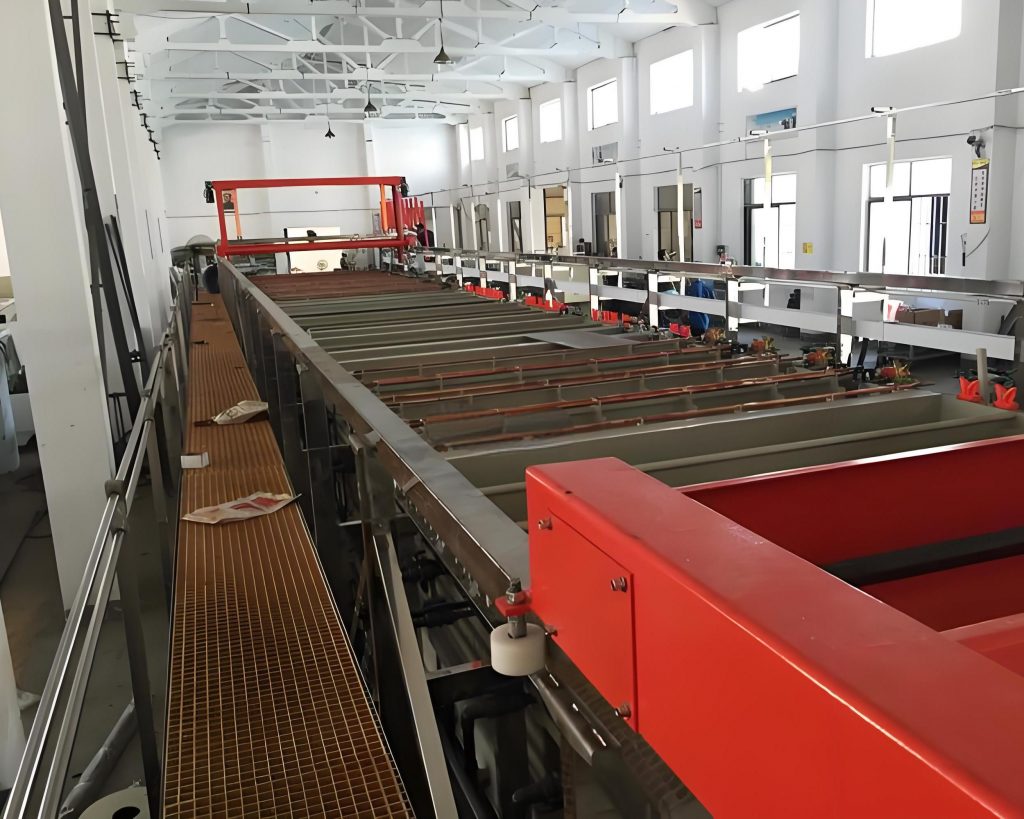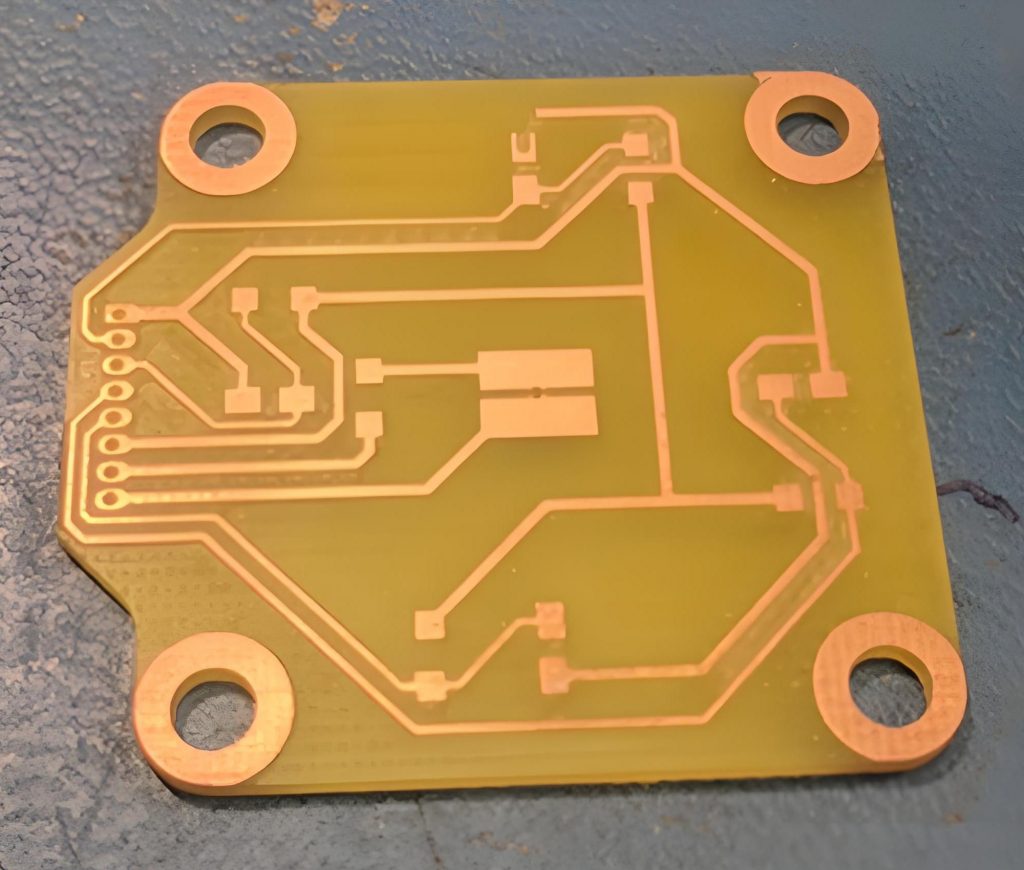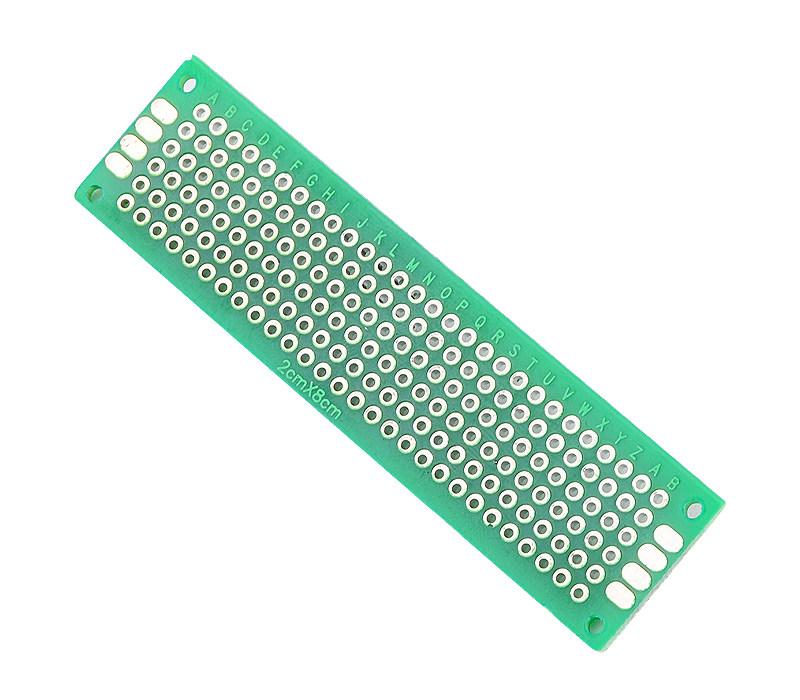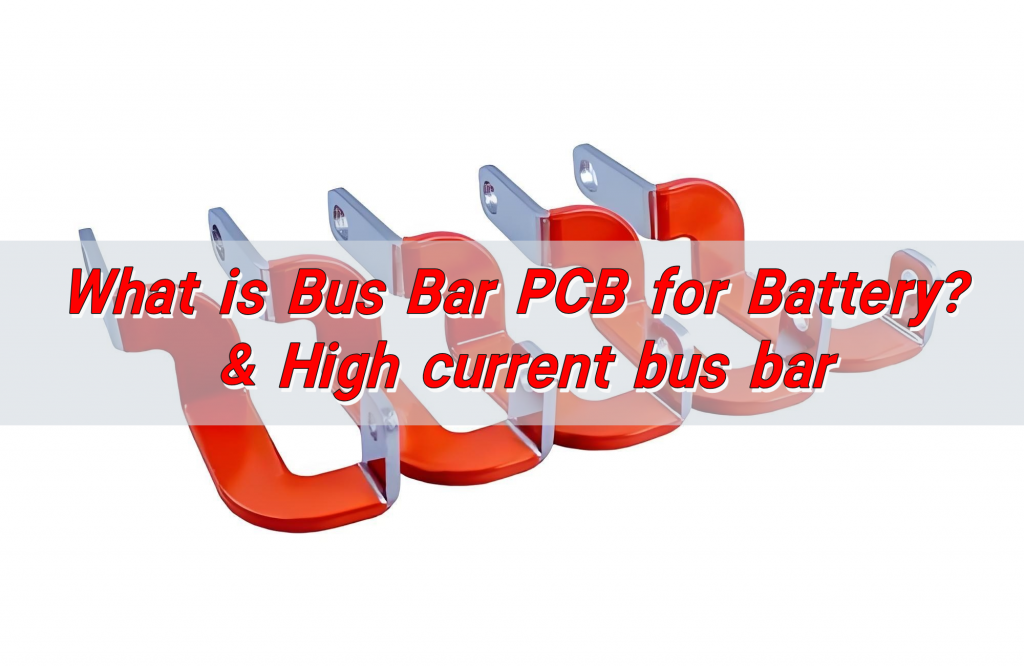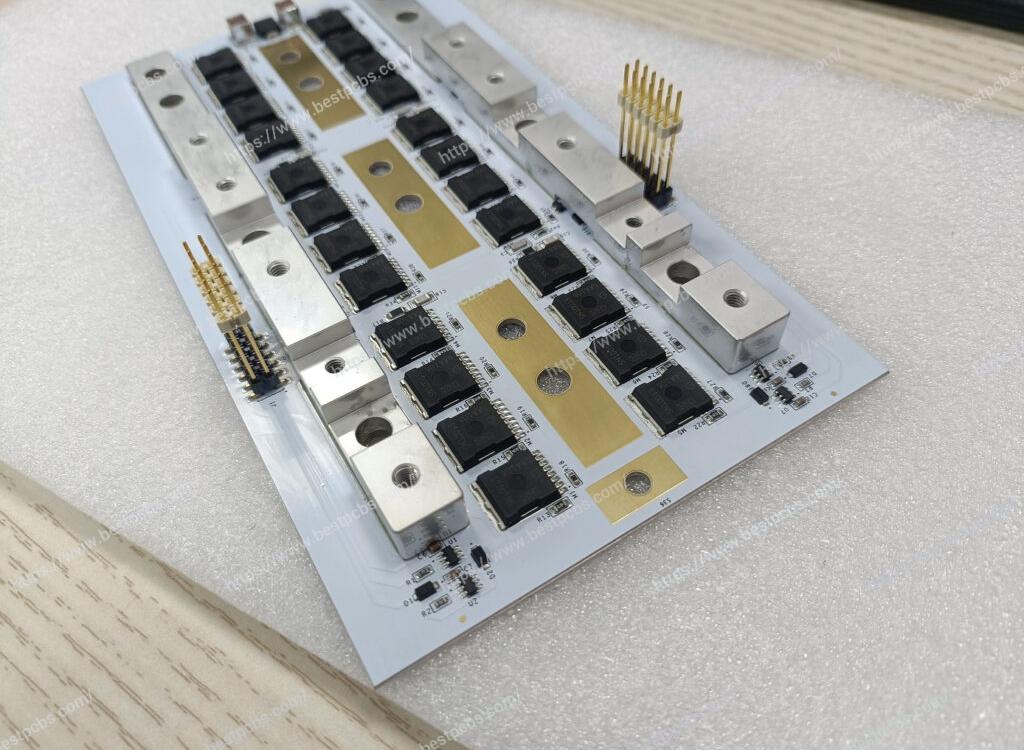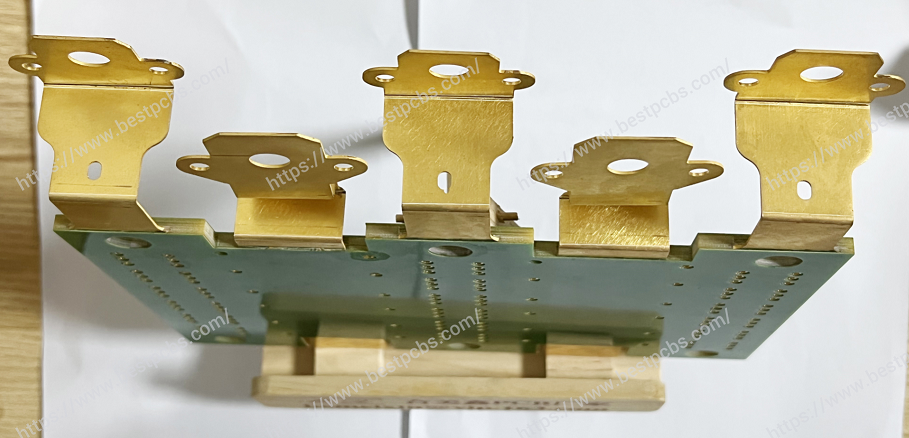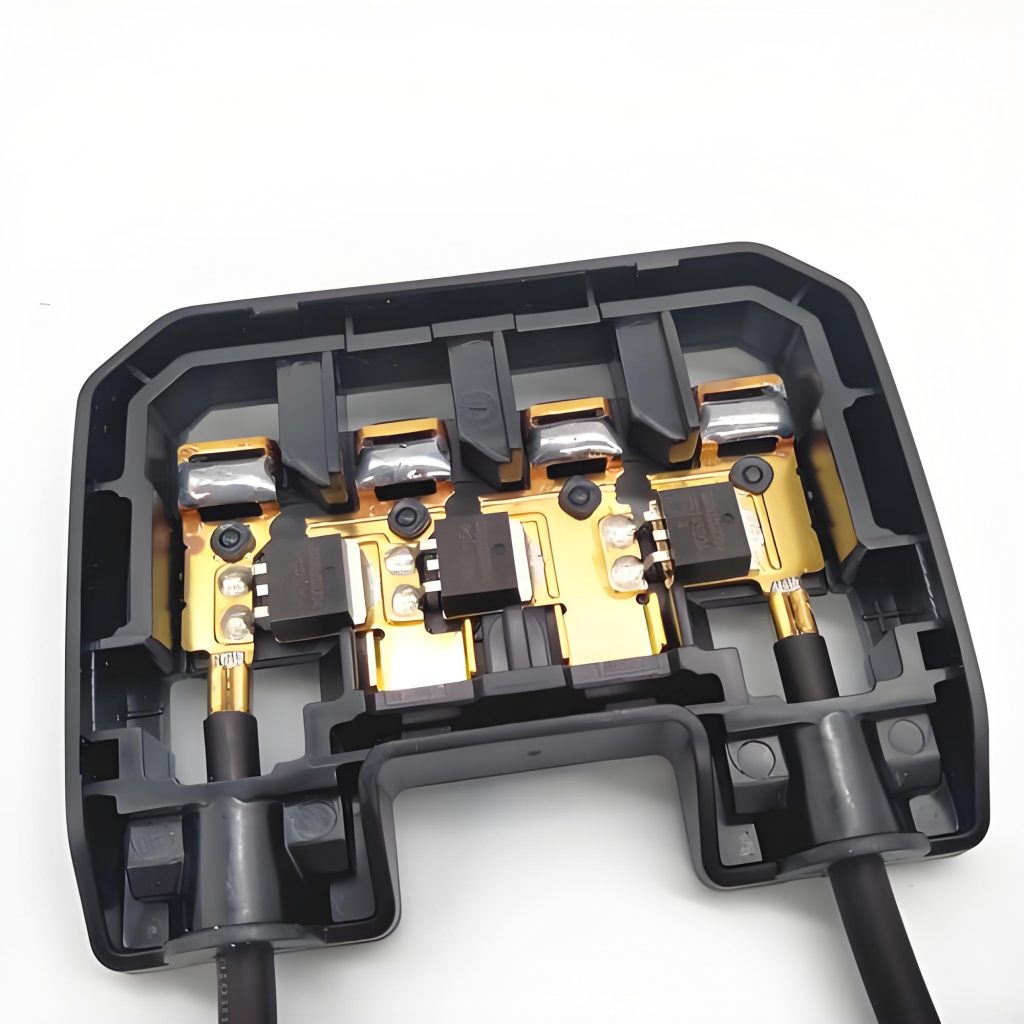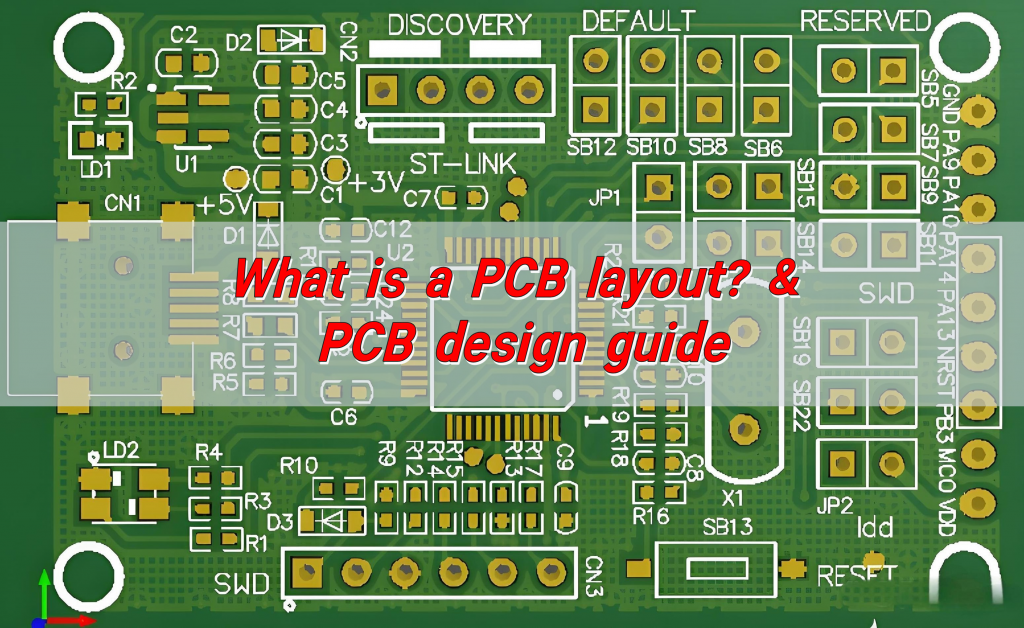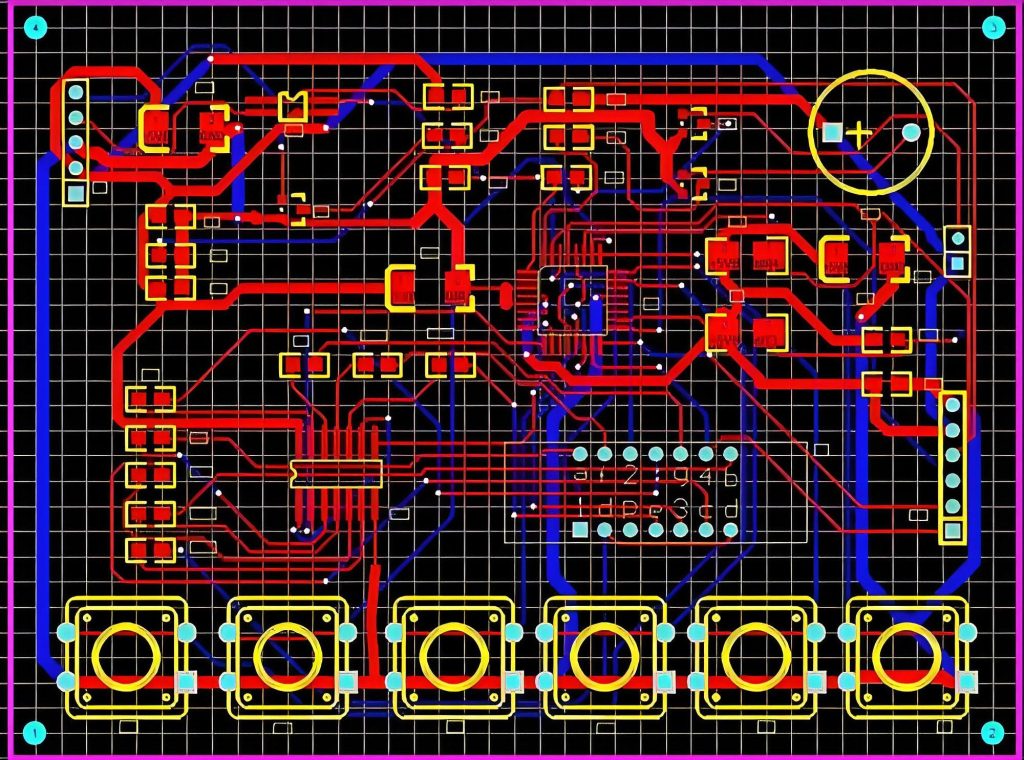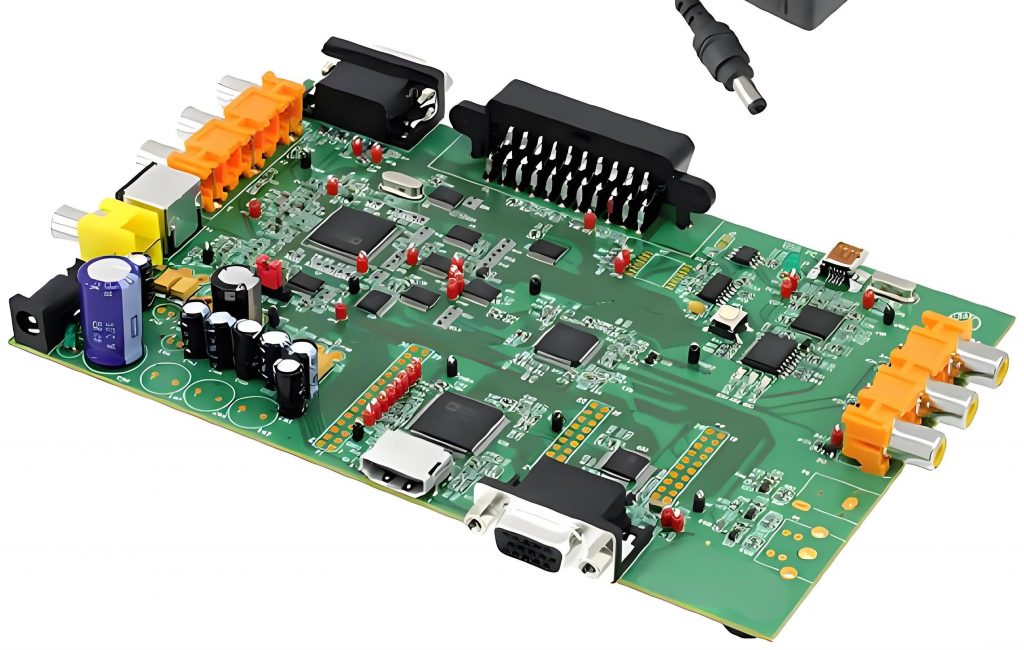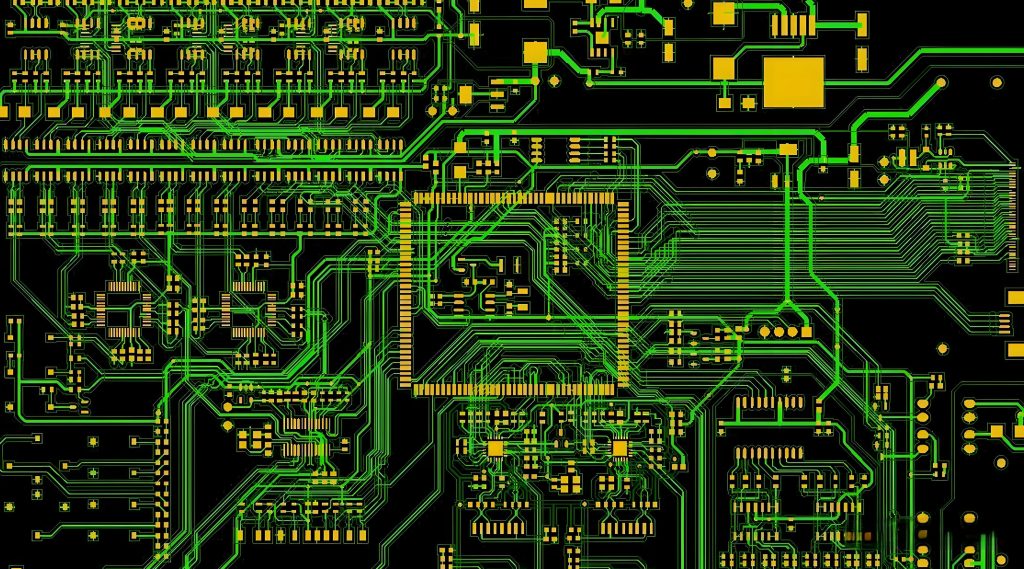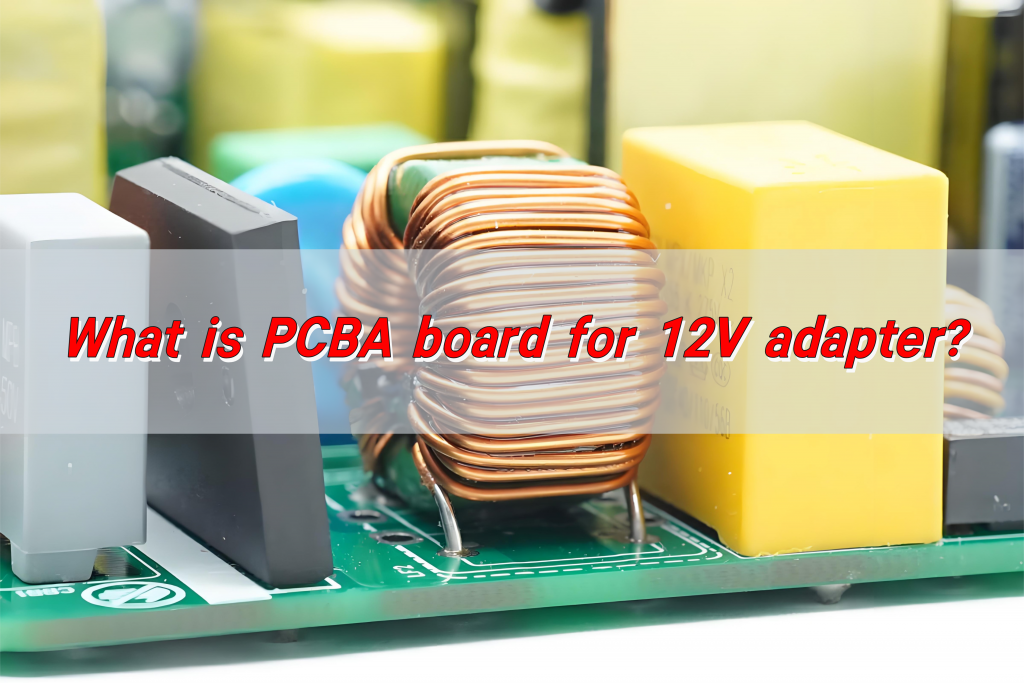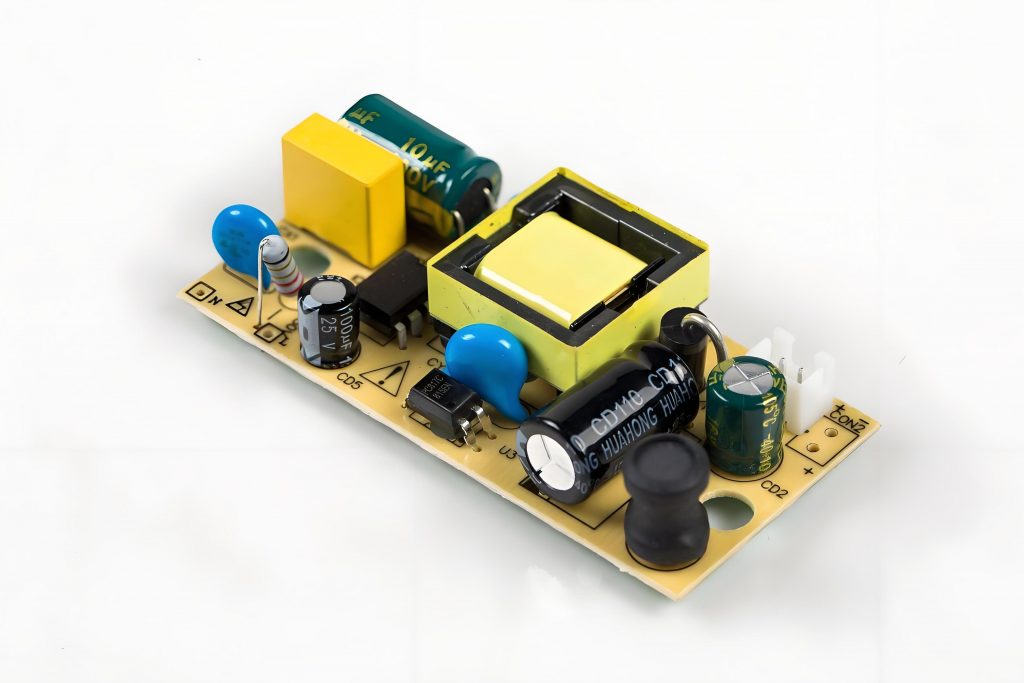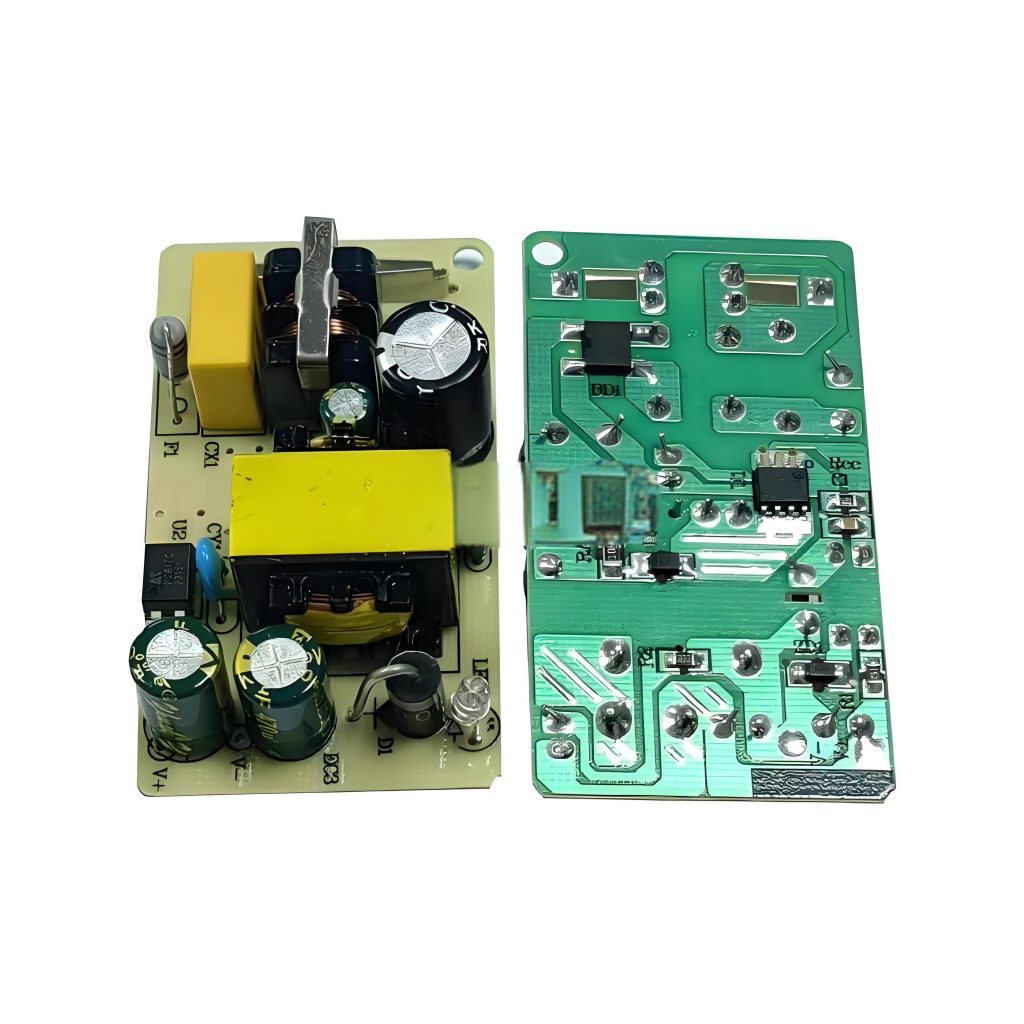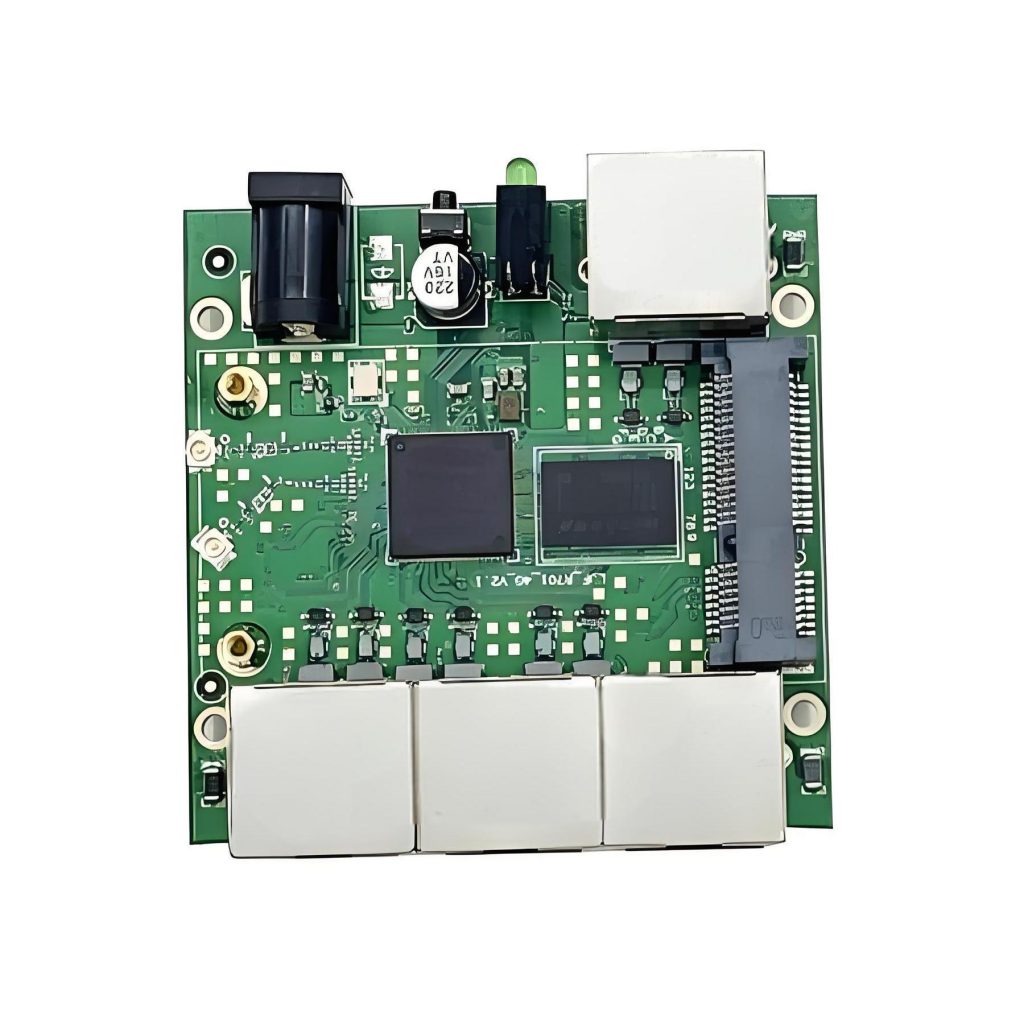How much do tan circuit board cost? The cost of tan circuit boards varies depending on many factors, including material selection, number of layers, size, production process, and batch size. In addition, the total cost of the circuit board is also affected by substrate, chemical materials, drilling, plating, testing, management costs, etc.
What is the average cost of a circuit board?
The cost of a circuit board can vary significantly based on several factors, such as:
- Size and Shape: Larger boards or those with unusual shapes tend to cost more.
- Layer Count: Single-layer PCBs are generally cheaper, while multi-layer boards are more complex and expensive.
- Material: The type of material used, like FR4, polyimide, or ceramic, can influence pricing.
- Volume: Larger production runs reduce the cost per unit due to economies of scale.
For mass production, prices can drop significantly. With large orders, itâs not uncommon to see the cost fall to around $5 to $20 per unit.
The pricing scales down as orders increase, so businesses with higher production needs can take advantage of more cost-effective rates.
How much do tan circuit boards cost?
When it comes to tan circuit boards specifically, the price is influenced by the same factors mentioned above. However, some additional aspects may affect the cost due to the unique nature of tan boards.
Tan circuit boards are typically made from FR4, which is a popular material known for its durability and affordability.
The distinctive tan color comes from the boardâs copper-clad laminate and the natural resin used in the manufacturing process.
The color itself doesnât significantly add to the cost but does give the board a distinctive aesthetic.
On average, a tan circuit board can cost anywhere between $10 and $50 for single-layer designs. More intricate designs, such as those involving solder masks, surface finishes (like ENIG or HASL), and special components, could drive the cost even higher.
How much does it cost to manufacture a printed circuit board?
The cost to manufacture a printed circuit board (PCB) depends on several variables.
The basic manufacturing costs include:
- Material Costs: FR4, the most commonly used PCB material, is relatively inexpensive. However, more specialized materials like ceramic or metal-core boards may raise the cost.
- Setup and Design Costs: These are the costs associated with creating the initial design files, preparing the tools for production, and setting up the assembly lines.
- Prototyping: If you need a prototype or custom modifications, it will increase the cost. Prototyping typically costs more than mass production due to the one-time nature of the process.
- Quality Control and Testing: Once the boards are assembled, they undergo testing to ensure they function as designed.
How much does it cost to fix printed circuit board?
Fixing a printed circuit board can vary in cost depending on the extent of the damage and the type of repairs required.
If a board has only minor issues, such as a broken trace or damaged solder joint, a simple fix might cost around $50 to $100.
For more complex repairs, such as fixing damaged layers in a multi-layer PCB or replacing surface-mounted components, the cost could rise to $200 to $500.
Additionally, repair costs are also influenced by the difficulty of sourcing the specific components that need to be replaced.
In many cases, the cost of repairing a PCB might outweigh the cost of manufacturing a new one, especially if the damage is extensive.
What are the factors that affect the price of circuit boards?
Several factors influence the price of tan circuit boards and other types of PCBs. These factors can include:
- Board Complexity: The more complex the design, the more expensive the board will be.
- Board Size: Larger boards will use more material and require more processing time, both of which increase the cost.
- Materials: High-performance materials like polyimide or ceramic will increase the overall cost compared to the standard FR4 material used in tan circuit boards.
- Surface Finish: Gold plating (ENIG) or HASL (Hot Air Solder Leveling) finishes can impact the final price.
- Order Volume: Higher production volumes typically result in a lower cost per unit.
- Lead Time: Faster turnaround times often come with a premium.
What is the lifespan of a circuit board?
The lifespan of a circuit board depends largely on its design, materials, and environmental conditions.
Tan circuit boards, made from high-quality materials like FR4, generally have a lifespan of 10 to 20 years when used under normal conditions. This lifespan can vary based on several factors:
- Environmental Conditions: Exposure to extreme temperatures, moisture, or chemicals can reduce a board’s lifespan.
- Electrical Stress: Overvoltage, overcurrent, or high-frequency signals can shorten the life of a PCB.
- Component Quality: Higher-quality components tend to have longer lifespans.
- Maintenance: Regular inspection and maintenance, such as cleaning or reflowing solder joints, can extend the board’s usable life.
Why choose Best Technology for your tan circuit boards?
At Best Technology, we specialize in providing high-quality tan circuit boards that are built to last.
With over 18 years of experience in PCB manufacturing, we have the expertise to handle both simple and complex PCB designs. Our services include:
- Customized Solutions: Whether you need a simple tan circuit board or a multi-layer, highly complex design, we tailor our solutions to meet your needs.
- Affordable Pricing: We provide competitive pricing by leveraging our manufacturing facilities in China and Vietnam, offering high-quality boards at cost-effective rates.
- Durability: Our tan circuit boards are manufactured to withstand harsh environments and deliver long-term performance.
- Quick Turnaround: We understand the urgency of your projects and provide quick turnaround times to ensure you meet your deadlines.
If you need a trusted manufacturer for your tan circuit board requirements, we are here to help. Contact us today at sales@bestpcbs.com to discuss your project.



